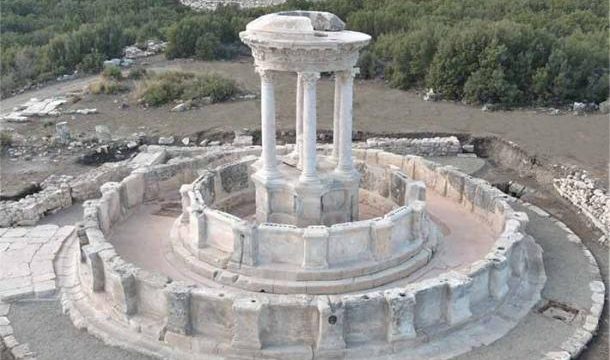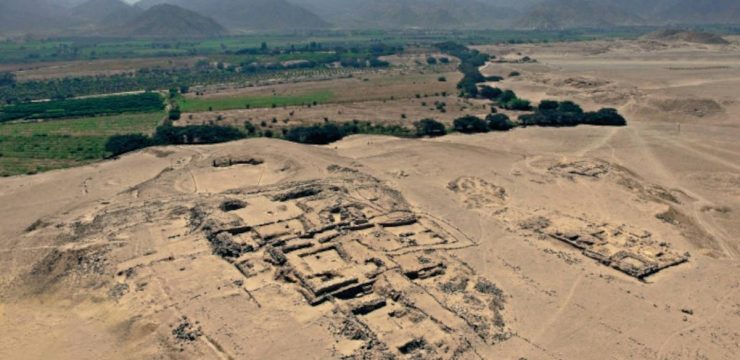For more than a thousand years, one of the world’s most mesmerizing cities has guarded an astonishing secret beneath its shimmering canals. Venice, often referred to as the floating city of dreams, is not just a place of architectural beauty and historical richness—it is also a marvel of ancient engineering. At the heart of its stability lies an extraordinary foundation: nearly 10 million wooden logs driven deep into the mud of the Venetian Lagoon. This ingenious structure, devised over 1,200 years ago, continues to uphold the grandeur of central Venice, keeping its iconic palaces, churches, and bridges standing proudly above the water to this very day.

Hidden beneath the rippling surface of the city’s famous waterways is an enormous and dense forest of submerged wooden piles, primarily made from oak. Each square meter holds between eight to ten logs, forming a vast, invisible web of support. These submerged oak trunks act like roots anchoring the city’s weight, providing the firm base that has allowed Venice’s majestic skyline to flourish for centuries. What makes this achievement even more astonishing is not just its scale, but its durability—these ancient timber columns have withstood the pressures of time, nature, and civilization for over twelve hundred years, a feat rarely seen in architectural history.
The origins of this remarkable system date back to the early settlers of the lagoon, who were confronted with a daunting challenge. How could they build a thriving city on such marshy, unstable ground? The early Venetians responded with ingenuity and resourcefulness. They devised a method that was both bold and effective: driving millions of sturdy oak piles deep into the soft, water-saturated soil, creating a foundation that could support the city’s grand architectural visions. The process involved arranging the wooden stakes in tight formations, reinforcing them with solid wooden crossbeams, and carefully filling the surrounding areas with layers of stone and a primitive form of cement. This created a strong and flexible platform on which to build the city, one that could accommodate movement and resist the natural shifts of the lagoon floor.
Remarkably, the very environment that threatened to undermine Venice’s foundations is what has preserved them for so long. The waterlogged conditions of the lagoon prevent oxygen from reaching the submerged wood, significantly slowing the natural decay process. Instead of rotting away, the oak piles underwent a slow transformation, becoming mineralized over the centuries. This natural preservation process turned the wooden logs into a stone-like material, further reinforcing the strength and stability of the city’s base. In many ways, the environment became an unlikely partner in the preservation of Venice, demonstrating a fascinating example of nature and human ingenuity working in tandem.
This sustainable building method, which took full advantage of local resources and the natural properties of the lagoon, highlights an early and effective example of environmental adaptation. The Venetians did not attempt to overpower their surroundings—they worked with them. By utilizing locally available oak, understanding the behavior of water and soil, and designing a structure that responded to the specific challenges of the lagoon, they were able to create a city that has endured for more than a millennium. In today’s world, where sustainable development and climate resilience are becoming increasingly important, the Venetian model offers invaluable lessons.
Preserving the ancient wooden foundations of Venice is not just a matter of cultural heritage; it is a vital step in safeguarding the city’s future. Modern conservation efforts are now focused on maintaining the delicate balance between preservation and modernization. As Venice continues to face rising sea levels, flooding, and land subsidence, engineers and conservationists are exploring ways to reinforce and support the aging foundations without compromising their historical integrity. These efforts include advanced underwater monitoring, the use of non-invasive techniques to stabilize the wood, and initiatives aimed at reducing the environmental stress on the lagoon itself.
Venice’s story serves as a reminder that enduring architecture is not simply a product of vision and artistry—it is also the result of deep respect for the environment, an understanding of natural forces, and a commitment to building responsibly. The city’s foundation of 10 million submerged logs is more than an engineering marvel—it is a symbol of human determination, innovation, and harmony with nature. In a world where cities are rapidly expanding and climate challenges are becoming more urgent, the example of Venice encourages us to think more holistically about how we build and how we sustain what we build.
As we look toward the future, the legacy of Venice urges us to bridge the gap between past wisdom and modern knowledge. It calls on us to embrace sustainable solutions, to value the ingenuity of our ancestors, and to recognize the importance of working with nature rather than against it. Venice was not built on solid ground—but it was built on solid ideas, executed with precision, care, and a deep awareness of the world around it. This ancient city continues to teach us that with creativity, respect for nature, and a touch of boldness, humanity can create wonders that endure for centuries.





